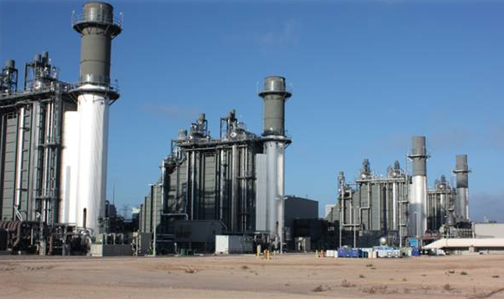By Ted Caddell

Exelon, which last month announced it would spend $500 million to build two natural gas-fired generating stations in Texas, is selling two other gas plants in Texas and Utah.
An Exelon spokesman confirmed the pending sales last week but declined to give sales prices.
Exelon is selling its five-unit, natural gas-fired peaking plant near West Valley City, Utah, to Wayzata Investment Partners. The 185-MW plant went into operation in 2001 and was folded into Exelon’s fleet in the 2012 merger with Constellation Energy. Investment news service The Street, citing unnamed sources, estimated the price at between $74 million and $93 million.
Starwood Energy Group is buying the second Exelon plant, the Quail Run Generating Station near Odessa, Texas. It is a six-unit, 488-MW natural gas-fired combined-cycle plant. The first section of the plant went online in 2007 with the second section going operational a year later.
It too came with the Constellation merger. Constellation acquired it in 2010 for $365 million.
Exelon Generation spokesman Jimmy Porch said the company expects to close on both in the fourth quarter of this year.
Wayzata did not issue any announcements about the purchase agreement. The company describes itself on its Web site as a private equity firm “that specializes in purchasing distressed companies and assets with various strategies to profitably turn them around in partnership with new or existing management.”
The company, headquartered in Wayzata, Minn., has purchased power plants before. It bought Guadalupe Power, a 1,070-MW plant in Guadalupe County, Texas, in 2011, selling it to Calpine in February.
Starwood has numerous holdings in natural gas and renewable generation and transmission. It also declined to give a purchase price.
Exelon has made steady investments in its generation footprint in Texas, starting when it bought the Handley and Mountain Creek generating stations from then-TXU for $443 million in 2002. Exelon also built a gas-fired plant to serve industrial users near Houston called ExTex Laporte.
Last month, it announced it was building two 1,000-MW gas-fired combined-cycle plants, one each at its existing plants at Wolf Hollow, near Fort Worth, and Colorado Bend, southwest of Houston. That would bring the company’s Texas fleet to about 5,500 MW after the sale of Quail Run.
Porch said Exelon had not intended to sell Quail Run but that it “received attractive unsolicited bids” for the plant. “All decisions were founded on optimizing Exelon’s generation mix,” he said.
He said Exelon remains committed to being a player in the ERCOT market.
“Exelon’s decision to build two new natural gas power plants in Texas is part of our ongoing growth strategy and will allow the company to offer more low-carbon electricity to the growing Texas energy market,” Porch said. “Texas is an important area for growth for Exelon because of the increasing demand for electricity in the state and excellent market conditions.”
He wouldn’t say if there are any other deals afloat. “Exelon continually evaluates all opportunities to add value for our shareholders, including M&A,” he said. “However, we don’t comment on rumors about specific M&A activity.”







